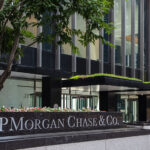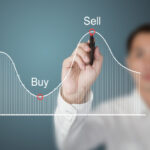depth
In finance, market depth is about quantity to be sold versus unit price. Mathematically, it is the size of an order needed to move the market price by a given amount. If the market is deep, a large order is needed to change the price. Market depth is a property of the orders that are contained in the limit order book at a given time. It is the amount that will be traded for a limit order with a given price (if it is not limited by size), or the least favorable price that will be obtained by a market order with a given size (or a limit order that is limited by size and not price). Although a change in price may in turn attract subsequent orders, this is not included in market depth since it is not known. A country’s financial structure is composed of a mixture of banks, non-bank financial institutions (NBFIs), and the financial markets. Financial depth is used as a measure of the size of financial institutions and financial markets in a country. Well‐developed financial systems are deep, i.e. sizeable relative to the overall size of the economy, and provide the economy with credit and other financial services. Studies show a strong correlation between financial depth, long‐term economic growth and poverty reduction. Globally, the annual average value of private credit across countries was 39 percent with a standard deviation of 36 percent. Averaging over the time period of 1980–2010, private credit constitute less than 10 percent of GDP in Angola, Cambodia, and Yemen, while exceeding 85 percent of GDP in Austria, China and the United Kingdom. For financial markets, research has shown that the trading of firms’ ownership (e.g. through stock exchanges) in an economy is closely tied to the rate of economic development. For instance, the average of total value of stock traded is about 29 percent of GDP. In less developed countries such as Armenia, Tanzania, and Uruguay, stock value traded annually averaged less than 0.23% over the 1980‐2008 sample (10th percentile). In contrast, stock value traded averaged over 75 percent in China (both Mainland and Hong Kong SAR), Saudi Arabia, Switzerland, and the United States (90th percentile).













